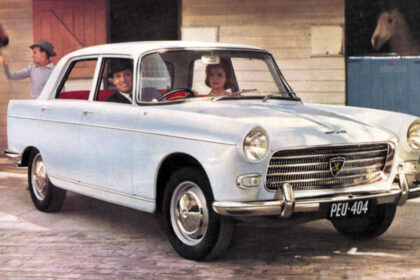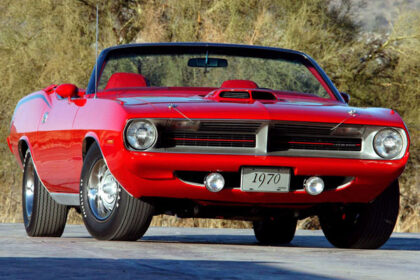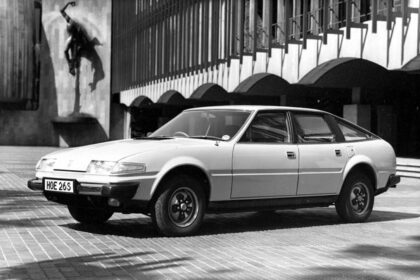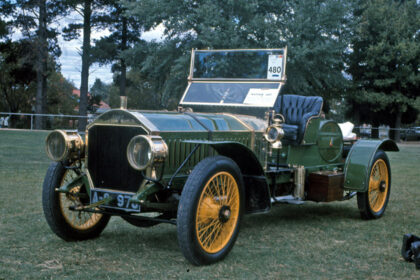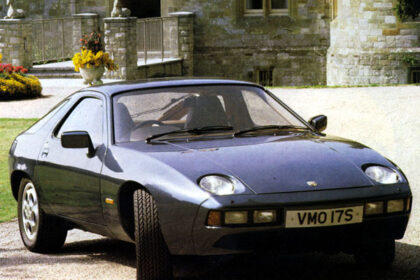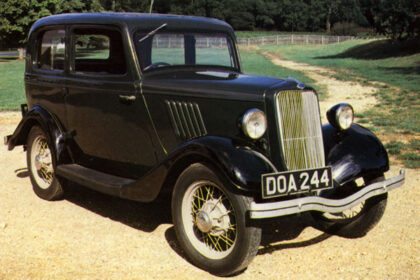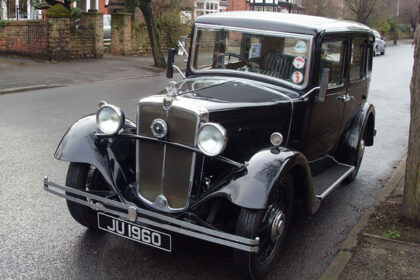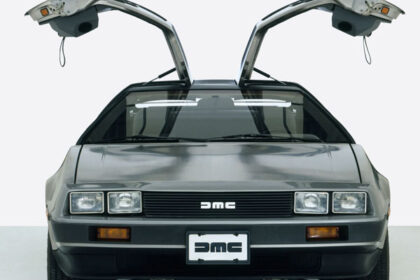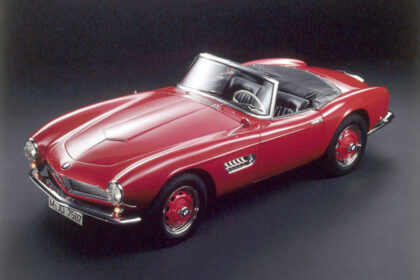TVR CERBERA
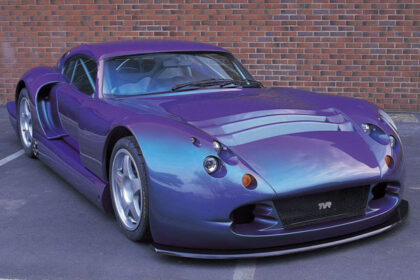
The majority of TVR Ceberas were built in 1999 or 2000, most of them six-cylinder cars. The Cerbera Speed Six was developed by TVR company principal Peter Wheeler to give enthusiasts the same joy they got from driving Aston DB4s and E-type Jaguars. What resulted was an honest-to-goodness GT of the old school. The first Cerbera used a V8 engine which proved to be a powerful monster, one Wheeler felt was too much for many sports car fans to handle. So, in 1998, he initiated the Speed Six. Rather than… Read more




